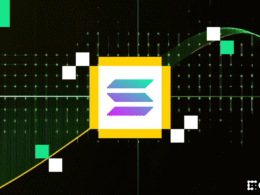Bitcoin’s single-day hash rate hit a fresh record on Tuesday, registering 1.279 zettahashes per second (ZH/s), according to mining tracker CoinWarz. At the same time, the network’s seven-day moving average climbed above 1 ZH/s, signalling miners are deploying more machines even as prices remain relatively flat.
The milestone comes against a tougher economic backdrop for mining operations. After last year’s halving the block reward dropped to 3.125 bitcoin (from 6.25 BTC), while many firms now contend with rising energy bills and tighter margins. Some large miners are diversifying into high-performance computing and other workloads to offset pressure on pure mining revenue.
What is hash rate? In simple terms, hash rate measures the total computing power securing the Bitcoin network. One ZH/s means machines are performing one sextillion hashes per second — an almost unimaginable volume of computations. A higher hash rate generally makes the network harder to attack and reflects increased mining activity.
The geography of mining has also shifted since China’s 2021 crackdown, which pushed many operations to relocate. North America has emerged as a dominant hub for large-scale mining farms.
Why this matters: a rising hash rate boosts network security and shows industrial-scale growth in mining. But the economics are strained — continued Bitcoin price volatility or higher energy costs could force consolidation or further diversification away from traditional mining. That creates both operational and investment risk for miners and their backers.
Source: Decrypt. Read the original coverage for full details.

